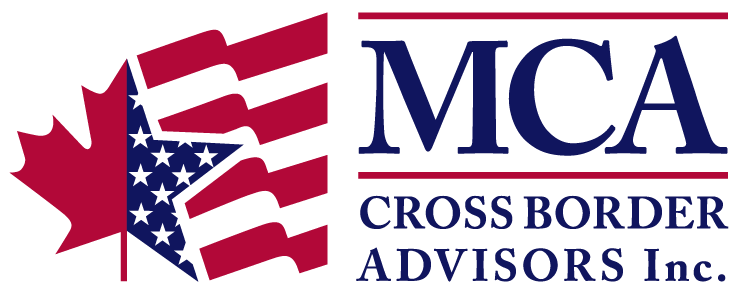Canadian tax season is over. However the question remains, do you also need to be filing with the Internal Revenue Service (“IRS”)? Canadian Snowbirds splitting their summers and winters between Canada and the US need to be careful that they count their days on US soil. Below is a brief explanation of the relevant rules and the negative consequences that come with overstaying your welcome in the US. Familiarizing yourself with these issues may help you avoid the panic that comes with realizing you may have to cut your winter stay in the US at the last minute.
Substantial Presence Test
If you meet the criteria of the Substantial Presence Test (“SPT”), you may be considered a US resident for tax purposes by the IRS. If you are deemed a US resident you would be required to report and pay tax to the IRS on your worldwide income. To meet this test, you must be in the US for at least 31 days during the current calendar year and a total of 183 days or more during a three-year period that includes the current year and the two years preceding it.
The days are calculated as follows:
- Add all the days you were present in the current calendar year;
- plus 1/3 of the days you were present in the prior year;
- plus 1/6 of the days you were present in the year before that.
If the result is 183 days or more, then you meet the test. There are, however, circumstances that may exempt you from the consequences of passing this test.
If you can clearly show that you have a closer connection to a country other than the US, then the IRS will treat you as a nonresident alien even if you meet the SPT. In order to claim the exemption, you must file Form 8840 with the IRS by June 30th each year. However, if you surpass the 182 day threshold in any given calendar year, then you are not eligible to file the Closer Connection Form (Form 8840). If you find yourself in that unfortunate position, we recommend working with a qualified professional as the issues and filing requirements are quite complicated.
Provincial Health Care
Another stressful subject for Canadians who spend a lot of time in the US is whether they will lose their provincial health care eligibility.
The rules around the number of days you are allowed to spend abroad without affecting your residential status – and therefore your provincial health care coverage – vary by province. Most provincial health ministries require physical presence in the province for 183 days.
Exceptions include Ontario, which requires 153 days in each of the two consecutive years immediately before the absence, and Newfoundland and Labrador, which requires 122 days.
Provinces also have different distribution requirements for the total days you can be absent. While some demand physical presence for 183 days per calendar year, others demand the same 183 days but in any 12 month period.
The Bottom Line
When traveling to the US, it is generally safe to assume that the maximum amount of days you can stay is 182. Given that life sometimes gets in the way of our plans, I recommend planning only to be in the US 180 days to allow for a small buffer for flight cancellations or other travel changes that require an extra day stateside.

